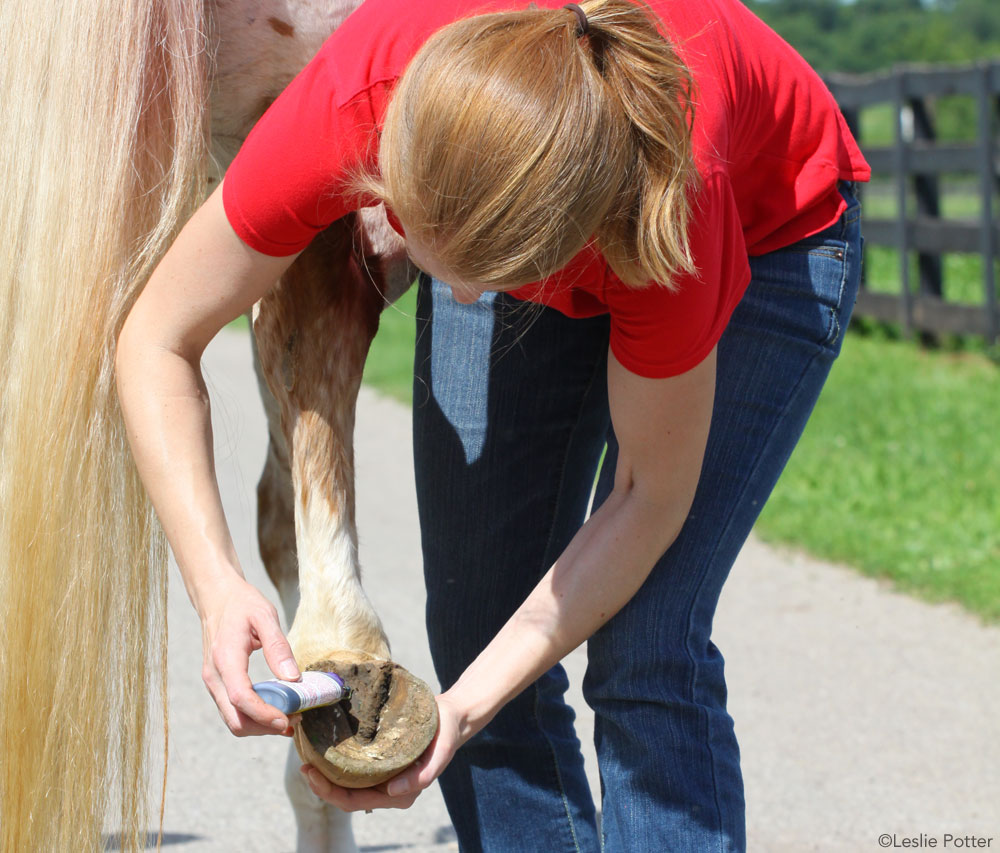The development of thrush in horses can be influenced by various environmental factors within the stable setting. From inadequate hoof care practices to improper stall cleanliness, stable management plays a significant role in preventing and treating this common hoof ailment. Understanding how environmental conditions can contribute to thrush development is essential for horse owners and caretakers.
By implementing proper stable management techniques, you can create a healthier environment for your equine companion and reduce the risk of thrush occurrence. In this article, we will explore the impact of environmental factors on thrush development and provide practical tips for stable management to keep your horse’s hooves healthy and thrush-free.
Understanding the Impact of Environment on Thrush Development

The impact of environmental factors on thrush development is a critical aspect of stable management that horse owners must consider. Thrush, a common hoof ailment caused by a bacterial infection, can be influenced by various environmental conditions such as moisture levels, hygiene practices, and the quality of the horse’s living environment.
Wet and muddy conditions create the perfect breeding ground for bacteria, leading to an increased risk of thrush development. It is essential for horse owners to maintain clean and dry living spaces for their horses, regularly clean and pick out hooves, and pay close attention to any signs of thrush to prevent its occurrence or spread.
By understanding how environmental factors can impact thrush development, horse owners can take proactive measures to promote healthy hooves and overall equine well-being.
Maintaining a Clean and Dry Environment for Thrush Prevention

Maintaining a clean and dry environment is key to preventing thrush in horses. By keeping stalls clean and well-ventilated, you can reduce the moisture levels that thrush-causing bacteria thrive in. Regularly removing manure and wet bedding, as well as ensuring proper drainage in turnout areas, can help decrease the risk of thrush developing.
Additionally, providing your horse with a clean, dry living space can promote overall hoof health and prevent other common hoof issues. By prioritizing cleanliness and dryness in your horse’s environment, you can help keep thrush at bay and maintain optimal hoof condition.
Using Proper Bedding and Footing to Combat Thrush

When it comes to combating thrush in horses, using proper bedding and footing is crucial for preventing the development of this common hoof ailment. By providing a clean and dry environment for your horse, you can help prevent the growth of the bacteria and fungi that cause thrush. Make sure to regularly clean out your horse’s stall and replace bedding as needed to keep the area dry and free of moisture.
Additionally, using proper footing in turnout areas can help prevent mud and excessive moisture, which can also contribute to the development of thrush. By taking these simple steps in stable management, you can help keep your horse’s hooves healthy and thrush-free.
Conclusion
In conclusion, the environment plays a crucial role in the development of thrush in horses. By implementing proper stable management practices such as regular cleaning, maintaining dry bedding, providing adequate ventilation, and practicing good hoof care, horse owners can greatly reduce the risk of thrush occurrence. Additionally, prompt Horse Thrush Treatment is essential in addressing the condition and preventing further complications.
Overall, a proactive approach to environmental management is key to promoting overall equine health and well-being. By prioritizing a clean and healthy environment for our horses, we can help ensure their long-term comfort and performance.




